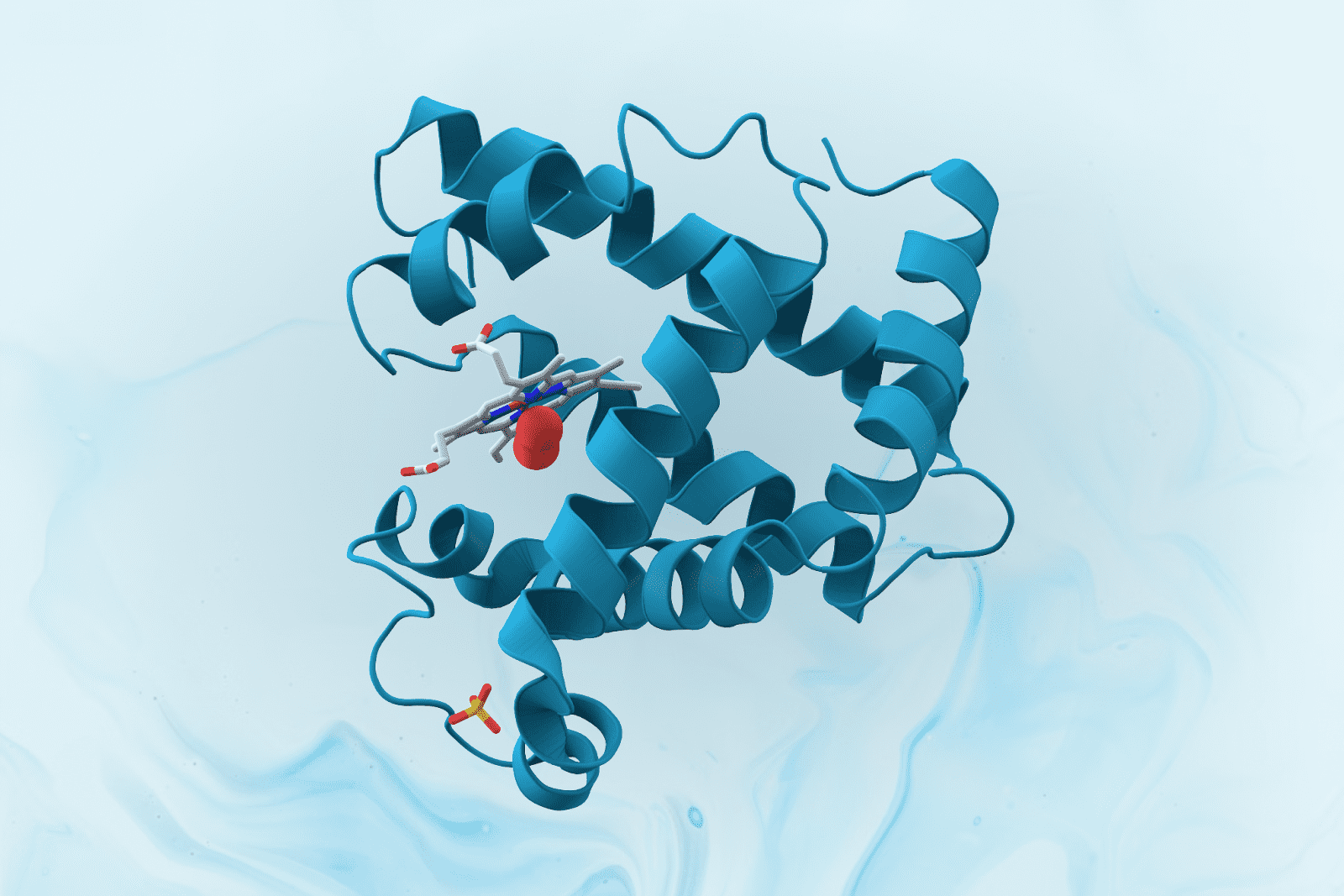
What is quaternary structure? Simply put, quaternary structure is the arrangement of multiple protein molecules in a complex. Think of it as a team of proteins working together to perform a specific function. Each protein in this team is called a subunit. These subunits can be identical or different, and they interact through various bonds and interactions. This structure is crucial because it determines how proteins behave and interact in the body. Without it, many biological processes wouldn't work properly. Understanding quaternary structure helps scientists develop new medicines and treatments for diseases. Ready to learn more? Let's dive into 28 fascinating facts about quaternary structure!
What is Quaternary Structure?
Quaternary structure refers to the complex arrangement of multiple protein subunits in a multi-subunit complex. This structure is crucial for the protein's function and stability. Here are some fascinating facts about quaternary structure.
-
Quaternary structure involves the assembly of multiple polypeptide chains, known as subunits, into a single functional protein complex.
-
Hemoglobin is a classic example of a protein with quaternary structure, consisting of four subunits: two alpha and two beta chains.
-
Subunits in a quaternary structure can be identical or different, leading to homomeric or heteromeric complexes, respectively.
-
The interactions between subunits are often non-covalent, including hydrogen bonds, ionic bonds, and hydrophobic interactions.
-
Quaternary structures can be dynamic, with subunits associating and dissociating in response to cellular signals or environmental changes.
Importance of Quaternary Structure
Understanding the importance of quaternary structure helps in grasping how proteins function in complex biological systems. Here are some key points.
-
Quaternary structure allows for cooperative binding, where the binding of a ligand to one subunit affects the binding affinity of other subunits.
-
It provides structural stability, making the protein complex more resistant to denaturation and degradation.
-
Quaternary structure enables allosteric regulation, where the binding of a molecule at one site affects the activity at a different site.
-
It facilitates the formation of multi-enzyme complexes, enhancing the efficiency of metabolic pathways.
-
The structure allows for the formation of large, complex structures like viral capsids, which protect viral genetic material.
Examples of Quaternary Structure
Several proteins exhibit quaternary structure, each with unique functions and characteristics. Let's explore some examples.
-
Immunoglobulins (antibodies) have a quaternary structure composed of two heavy chains and two light chains, forming a Y-shaped molecule.
-
ATP synthase, an enzyme complex in mitochondria, has multiple subunits that work together to produce ATP, the cell's energy currency.
-
Collagen, a structural protein in connective tissues, consists of three polypeptide chains wound together in a triple helix.
-
The ribosome, essential for protein synthesis, is a massive complex of RNA and proteins with a quaternary structure.
-
Lactate dehydrogenase, an enzyme involved in anaerobic respiration, has a quaternary structure with four subunits.
Factors Influencing Quaternary Structure
Several factors influence the formation and stability of quaternary structures. Understanding these factors is crucial for studying protein function.
-
pH levels can affect the ionic bonds and hydrogen bonds between subunits, altering the quaternary structure.
-
Temperature changes can lead to the denaturation of subunits, disrupting the quaternary structure.
-
Salt concentration can influence the electrostatic interactions between subunits, affecting their assembly.
-
The presence of cofactors or metal ions can stabilize or destabilize quaternary structures.
-
Genetic mutations can lead to changes in the amino acid sequence, affecting the ability of subunits to assemble correctly.
Techniques to Study Quaternary Structure
Studying quaternary structure requires advanced techniques to visualize and analyze protein complexes. Here are some commonly used methods.
-
X-ray crystallography provides detailed information about the arrangement of subunits in a protein complex.
-
Cryo-electron microscopy (cryo-EM) allows for the visualization of large protein complexes at near-atomic resolution.
-
Nuclear magnetic resonance (NMR) spectroscopy can provide information about the dynamics and interactions of subunits in solution.
-
Size-exclusion chromatography separates protein complexes based on their size, helping to determine the quaternary structure.
-
Cross-linking followed by mass spectrometry identifies interactions between subunits by linking them together chemically.
Applications of Quaternary Structure Knowledge
Knowledge of quaternary structure has practical applications in various fields, from medicine to biotechnology. Here are some examples.
-
Understanding quaternary structure aids in drug design, allowing for the development of molecules that target specific protein-protein interactions.
-
It helps in the engineering of protein complexes with desired properties for industrial and therapeutic applications.
-
Knowledge of quaternary structure is essential for understanding diseases caused by protein misfolding and aggregation, such as Alzheimer's and Parkinson's.
The Final Word on Quaternary Structure
Quaternary structure is a fascinating aspect of protein biology. It involves the assembly of multiple polypeptide chains into a single, functional complex. This structure is crucial for the protein's function, stability, and regulation. Hemoglobin, for instance, relies on its quaternary structure to efficiently transport oxygen throughout the body. Disruptions in this structure can lead to diseases like sickle cell anemia.
Understanding quaternary structure helps scientists design better drugs and therapies. It also sheds light on how proteins interact within cells, influencing everything from metabolism to immune responses. The complexity and precision of these molecular machines are truly remarkable.
So, next time you think about proteins, remember they’re not just simple chains of amino acids. Their quaternary structure plays a vital role in keeping our bodies running smoothly. Dive deeper into this topic, and you’ll uncover even more intriguing details.
Was this page helpful?
Our commitment to delivering trustworthy and engaging content is at the heart of what we do. Each fact on our site is contributed by real users like you, bringing a wealth of diverse insights and information. To ensure the highest standards of accuracy and reliability, our dedicated editors meticulously review each submission. This process guarantees that the facts we share are not only fascinating but also credible. Trust in our commitment to quality and authenticity as you explore and learn with us.
